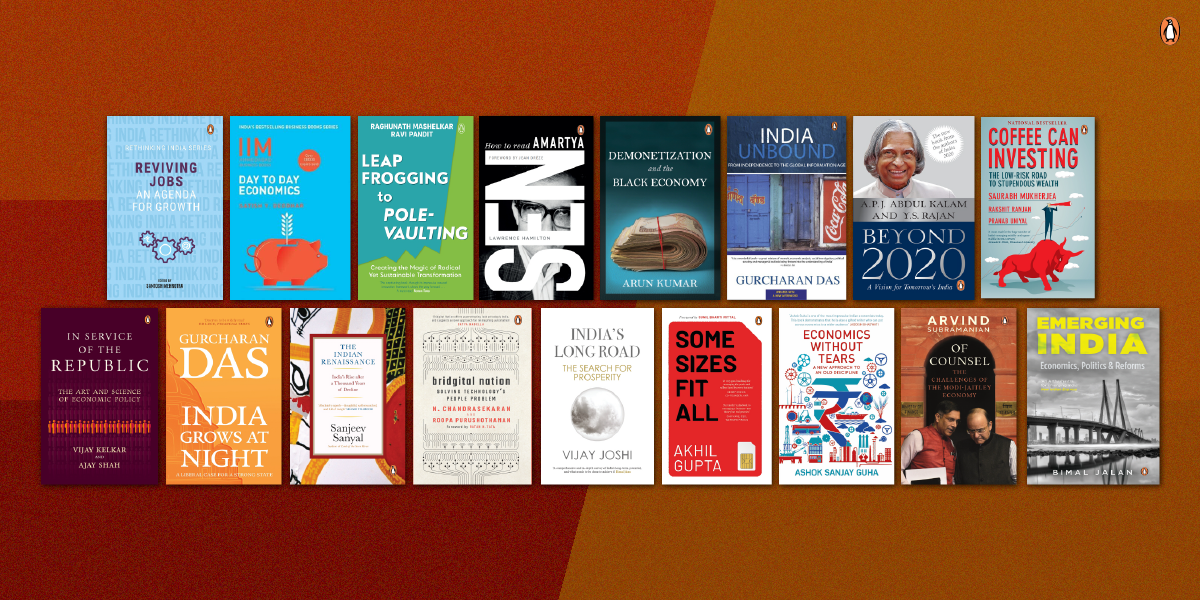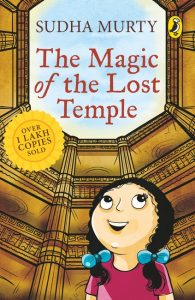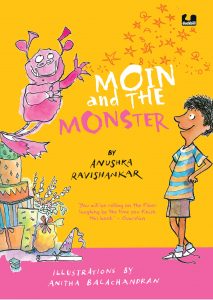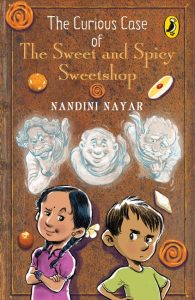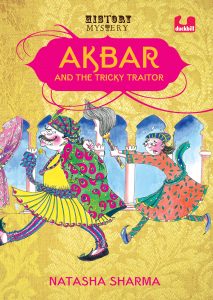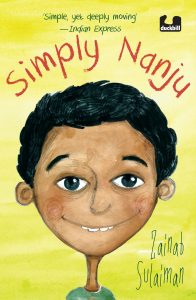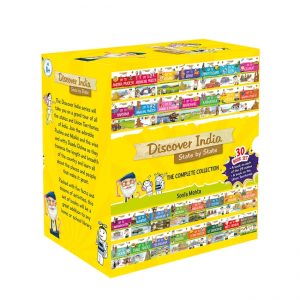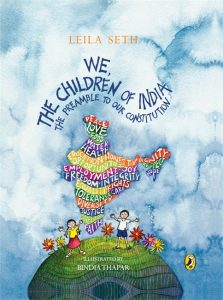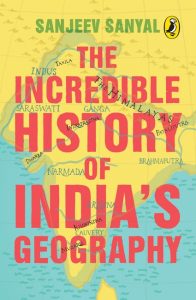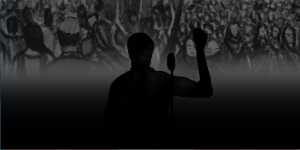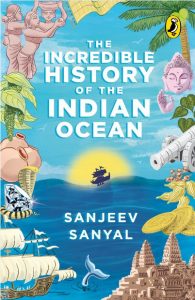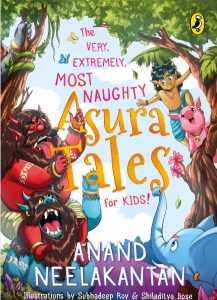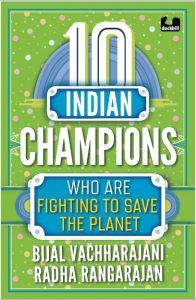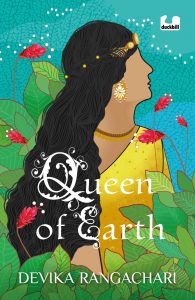With the Union Budget under discussion, it is a good time to visit some essential reads that examine the socioeconomic landscape of the country. Here is a list of critical reads to keep things in perspective this Budget season:
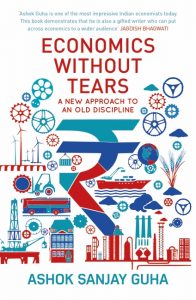
Economics without Tears
by Ashok Sanjay Guha
If you are a layman wondering what economics is all about or a freshman student of the subject, this is a book you cannot afford to miss. Starting from the first principles and stripped of mathematics and almost all jargon, it introduces you to all the basic concepts of economic theory as well as to some of its more surprising depths.
Economics pervades every aspect of our lives and our world. This book shows how anyone can acquire an understanding of its key principles while finding the exercise not only an exciting intellectual adventure but also great fun.

Day to Day Economics
by Satish Y. Deodhar
The economy isn’t just for the economists to debate on. All of us are affected by its ups and downs—global recession, rise in interest rates, or hike in food prices. But do we understand the principles at work and how and why they really affect us?
Day to Day Economics is an enjoyable, accessible, and extremely user-friendly book that explains the modern day Indian economy to the layperson. In this relevant book, Professor Deodhar explains the role of the government and its involvement in different aspects of the economy; the need for the RBI and its functions; and how taxes, stock markets, and recessions work. Day to Day Economics will help you go beyond the facts and figures in the budget and connect the trends to your daily life. As with all IIMA Business Books, it comes illustrated with numerous Indian examples and case studies making this the ultimate rookie’s guide to the Indian economy.
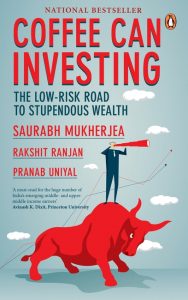
Coffee Can Investing
by Saurabh Mukherjea, Rakshit Ranjan and Pranab Uniyal
Most people invest in the usual assets: real estate, gold, mutual funds, fixed deposits and stock markets. It’s always the same four or five instruments. All they end up making is a measly 8 to 12 per cent per annum. Those who are exceptionally unfortunate get stuck in the middle of a crash and end up losing a lot of money.
What if there was another way? What if you could make not 10 not 15 but 20 per cent compound annual growth rate (CAGR) on your investments? What if there was a way to grow your money four to five times whilst taking half the risk compared to the overall market?
Bestselling author of Gurus of Chaos and The Unusual Billionaires, Saurabh Mukherjea puts his money where his mouth is. Saurabh follows the Coffee Can approach to high-quality, low-risk investing. His firm, Ambit Capital, is one the largest wealth managers in India which invests with this approach and delivers stupendous returns. In Coffee Can Investing, Saurabh will show you how to go about low-risk investments that generate great returns.
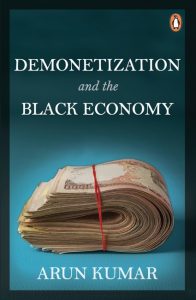
Demonetization and the Black Economy
by Arun Kumar
On 8 November 2016, the prime minister announced the immediate cancellation of all Rs 500 and Rs 1000 denomination notes, wiping out 86 per cent of the currency in circulation. This move, it was claimed, was made to wipe out corruption, deter the generation of black
money, weed out fake Indian currency notes and curb terrorism. India’s well-functioning economy went into a tailspin. Businesses, especially in the unorganized sectors, came to a grinding halt. India continues to grapple with the effects of this move. The black economy has not been dented; counterfeiting and terrorism continue; the credibility of the RBI, banks and currency is damaged; the accountability of the Parliament and the prime minister has been eroded; and the social divide has widened. There have been many arguments and counter-arguments from both sides, but they have missed the complete picture. Demonetization and the Black Economy lucidly explains the story of demonetization along with its effects on the economy.
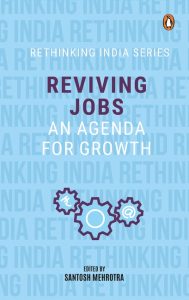
Reviving Jobs
by Santosh Mehrotra
Every country in the world experiences the benefits of its demographic dividend, a period that comes but once in the life of a nation-when the share of the working-age population is larger than the non-working-age share. It has the potential to make a country progress towards higher incomes and development. But it can also become a nightmare if there aren’t enough jobs.
Since 2012, the number of youth entrants into the labour force has increased at an accelerating pace, while the number of jobs created has decreased. This situation might become graver between 2020 and 2030 as the labour force swells further. Reviving Jobs, the third volume in the Rethinking India series, offers suggestions on how India can make the best use of the remaining period of its demographic dividend-any failure to do so will cause millions to suffer in poverty for decades to come.
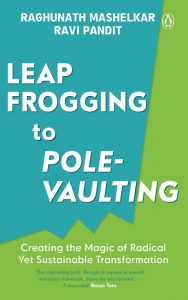
Leapfrogging to Pole-vaulting
by RA Mashelkar and Ravi Pandit
An exhilarating manifesto for the future, this book convinces readers to make the shift from reactive leapfrogging to proactive pole-vaulting through radical transformation. The unique ‘3-4-7 framework’ demonstrates how a paralysing mass of problems can be brought down to a formidable formula, thus making every problem solvable, no matter how big and complex. The book is dotted with inspiring case studies that can instil confidence in people from across the world to put this framework into practice for assured success.
Dr Mashelkar and Mr Pandit ably show in this must-read book that-as an interplay of global issues constantly raise the bar for innovation today-there has never been a better time to use our learnings to pole-vault over those bars into a new future!
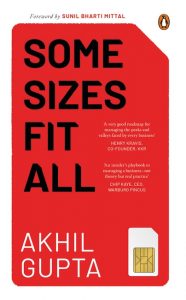
Some Sizes Fit All
by Akhil Gupta
An oft-repeated dictum every time a company fails to replicate its past successes when introducing a new product or entering a new market is that one size does not fit all. Business gurus advise that every new situation, market and environment calls for a fresh approach and requires ‘unlearning’ what one might have learnt elsewhere, even if that had met with great success. While this statement may appear to be obvious, it is often quoted out of context. The fact is that certain fundamentals of business-irrespective of line of business, geography or scale-are universally applicable.
Some Sizes Fit All is an attempt to explain these fundamental pillars for any kind of business. An authentic and lucid presentation of management concepts and practices-which Akhil Gupta has tried and tested first hand through his illustrious career-this is a must-read for anyone trying to build a robust and financially sound business.
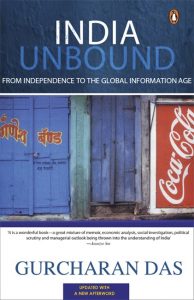
India Unbound
by Gurcharan Das
India Unbound is the riveting story of a nation’s rise from poverty to prosperity and the clash of ideas that occurred along the way. Gurcharan Das examines the highs and lows of independent India through the prism of history, his own experiences and those of numerous others he has met-from young people in sleepy UP villages to chiefs of software companies in Bangalore. Defining and exploring the new mindset of the nation, India Unbound is the perfect introduction to contemporary India.
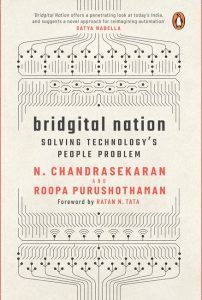
Bridgital Nation
It is 2030. India is among the world’s top three economies. All Indians use advanced technology to either do their job or get their job done. All Indians have access to quality jobs, better healthcare and skill-based education. Technology and human beings coexist in a mutually beneficial ecosystem. This reality is possible. It is within reach. With Bridgital. In this ground-breaking book, N. Chandrasekaran, chairman of Tata Sons, presents a powerful vision for the future. To the coming disruption of artificial intelligence, he proposes an ingenious solution, where India is perfectly positioned to pave a unique path from the rest of the world. Instead of accepting technology as an inevitable replacement for human labour, India can use it as an aid; instead of taking them away, AI can generate jobs.
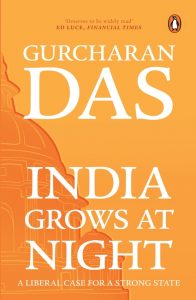
India Grows At Night
by Gurcharan Das
Indians wryly admit that ‘India grows at night’. But that is only half the saying: the full expression is: India grows at night . . . when the government sleeps’, suggesting that the nation may be rising despite the state. But wouldn’t it be wonderful if India also grew during the day — in other words, if public policy supported private enterprise? What India needs is a strong liberal state, but, says Das, achieving this will not be easy, because India has historically had a weak state and a strong society.
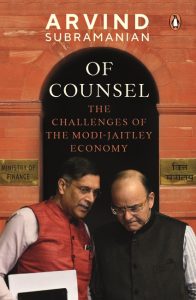
Of Counsel
by Arvind Subramanian
For nearly four years, Arvind Subramanian stood at the centre of economic policymaking in India. Through the communication of big ideas and the publication of accessible Economic Surveys, he gained a reputation as an innovator. Through honest pronouncements that avoided spin, he became a figure of public trust. What does it entail to serve at the helm of the world’s fastest-growing economy, where decision-making affects a population of more than a billion people?
In Of Counsel: The Challenges of the Modi-Jaitley Economy, Arvind Subramanian provides an inside account of his rollercoaster journey as the chief economic advisor to the Government of India from 2014-18, succeeding Raghuram Rajan as captain of the ship. With an illustrious cast of characters, Subramanian’s part-memoir, part-analytical writings candidly reveal the numerous triumphs and challenges of policymaking at the zenith, while appraising India’s economic potential, health and future through comprehensive research and original hypotheses.
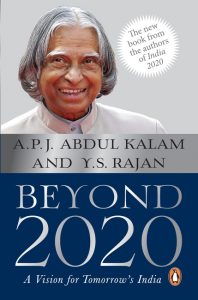
Beyond 2020
by A.P.J. Abdul Kalam and Yagnaswami Sundara Rajan
India 2020 is about to become a reality. Are we ready?
In 1998, Dr Kalam and Y.S. Rajan published the now iconic India 2020, a vision document for the new millennium that charted how India could become one of the top five economic powers in the world by 2020. Now, it is time to take stock of how much India has achieved and what lies ahead. In many ways, India’s growth story in the twenty-first century has been hamstrung by missed opportunities and slowdowns in project execution; but it has also been marked by new opportunities and emerging technologies that make faster and more inclusive growth viable. A renewed policy focus is now needed for agriculture, manufacturing, mining, the chemicals industry, health care and infrastructure to invigorate these sectors and boost economic growth, argue Kalam and Rajan. Alongside, education, job creation, emerging technologies, biodiversity, waste management, national security and the knowledge economy are some of the other vital areas that we need to build now that we have arrived beyond 2020.

Emerging India
by Bimal Jalan
Bimal Jalan has closely followed the path of India’s economic policies across its changing trajectories, from before the time the economy was liberalized to the present. The pieces in Emerging India study the relationship between political and economic reforms and inclusive and incremental growth.

How to Read Amartya Sen
by Lawrence Hamilton
This book offers a much-needed introduction to Amartya Sen’s extraordinary variety of ideas. Lawrence Hamilton provides an excellent, accessible guide to the full range of Sen’s writings, contextualizing his ideas and summarizing the associated debates. Hamilton reconstructs Sen’s critiques of the major philosophies of his time, assesses his now famous concern for capabilities as an alternative for thinking about poverty, inequality, gender discrimination, development, democracy and justice, and unearths some overlooked gems. Throughout, these major theoretical and philosophical achievements are subjected to rigorous scrutiny.
How to Read Amartya Sen is a major work on one of the most influential economists and philosophers of the last few centuries. It will be illuminating for readers keen to understand the breadth of Sen’s vision, and an invaluable resource for scholars, policy makers and global activists.
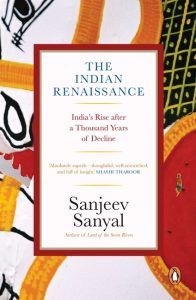
The Indian Rennaissance
by Sanjeev Sanyal
One thousand years ago, India was at the height of its power, influencing the world with its ideas and trade. Now, ten centuries later, India’s recent economic performance is once again attracting world attention as the country re-awakens not just as an economy but as a civilization.
In The Indian Renaissance: India’s Rise after a Thousand Years of Decline, Sanjeev Sanyal looks at the processes that led to ten centuries of decline. He also examines the powerful economic and social forces that are working together to transform India beyond recognition. These range from demographic shifts to rising literacy levels and, the most important revolution, the opening of minds and changed attitude towards innovation and risk-fundamental, if India is to take advantage of the twenty-first century.
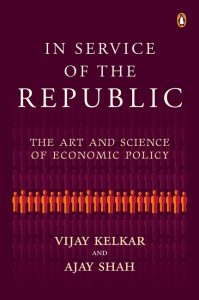
In Service of the Republic
by Vijay Kelkar and Ajay Shah
As a $3-trillion economy, India is on her way to becoming an economic superpower. Between 1991 and 2011, the period of our best growth, there was also a substantial decline in the number of people below the poverty line. Since 2011, however, there has been a marked retreat in the high growth performance of the previous two decades. What happened to the promise? Where have we faltered? How do we change course? How do we overcome the ever-present dangers of the middle-income trap, and get rich before we grow old? And one question above all else: What do we need to do to make our tryst with destiny?
As professional economists as well as former civil servants, Vijay Kelkar and Ajay Shah have spent most of their lives thinking about and working on these questions. The result: In Service of the Republic, a meticulously researched work that stands at the intersection of economics, political philosophy and public administration. This highly readable book lays out the art and the science of the policymaking that we need, from the high ideas to the gritty practicalities that go into building the Republic.
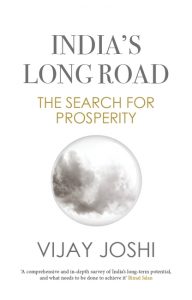
India’s Long Road
by Vijay Joshi
India has been the subject of many extravagant predictions and hopes. In this powerful and wide-ranging book, distinguished economist Vijay Joshi argues that the foundations of rapid, durable and inclusive economic growth in India are distinctly shaky. He lays out a penetrating analysis of the country’s recent faltering performance, set against the backdrop of its political economy, and charts the course it should follow to achieve widely shared prosperity.
Joshi argues that for India to realize its huge potential, the relation among the state, the market and the private sector must be comprehensively realigned. Deeper liberalization is very necessary but far from sufficient. The state needs to perform much more effectively many core tasks that belong squarely in its domain. His radical reform model includes a fiscally affordable scheme to provide a regular ‘basic income’ for all citizens that would speedily abolish extreme poverty.
An authoritative work of tremendous scope and depth, India’s Long Road is essential reading for anyone who wants to know where India is today, where it is headed, and what it should do to attain its ambitious goals.







